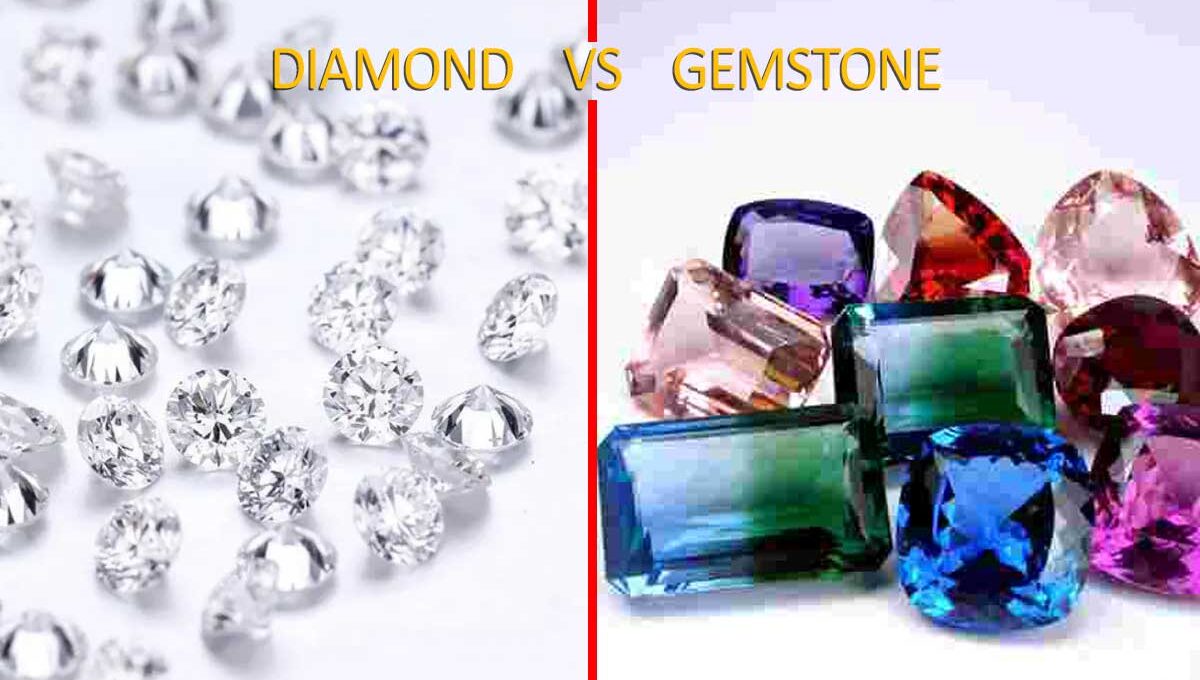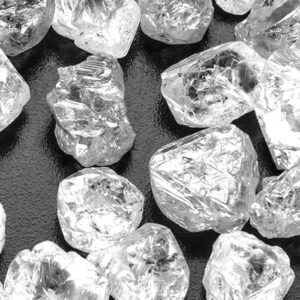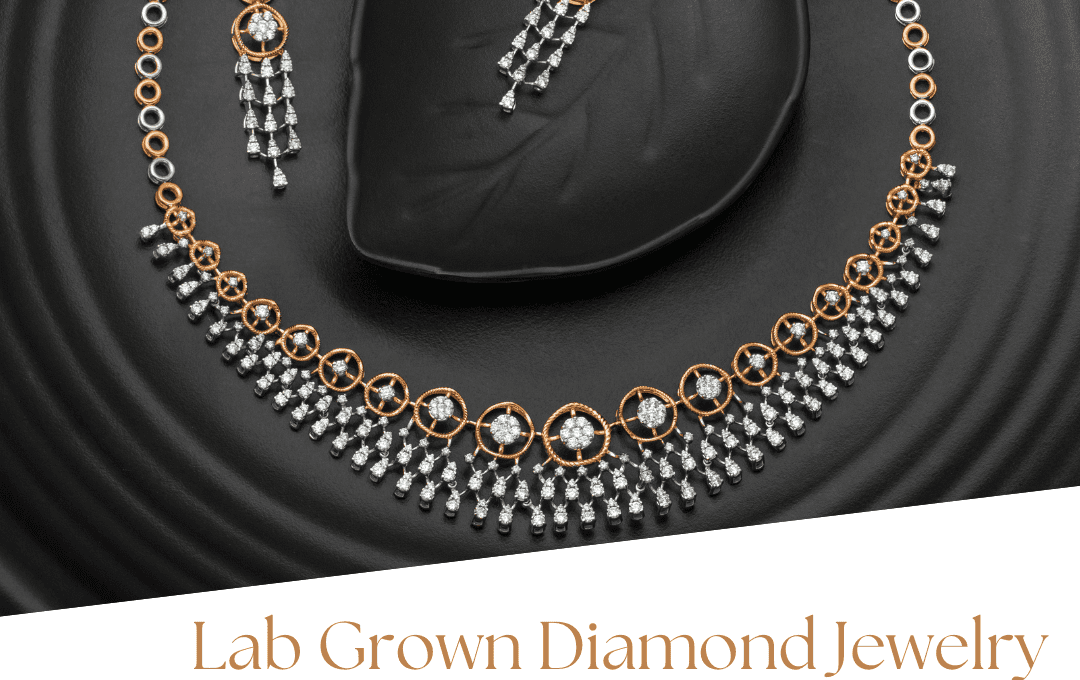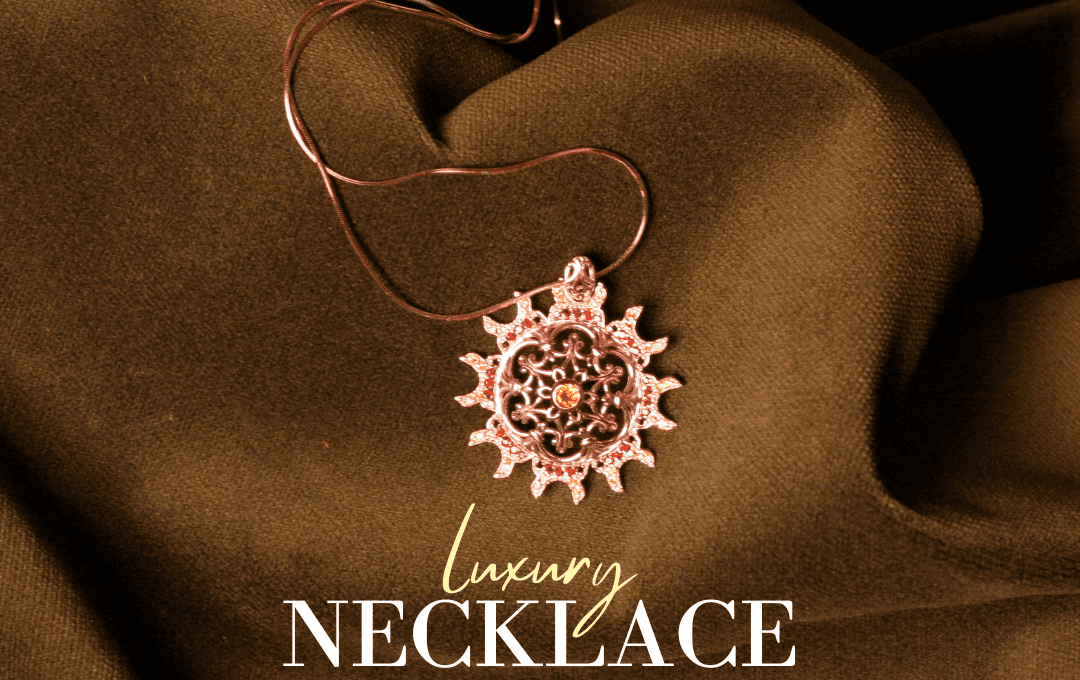

First let’s talk about diamond


Carbon atoms undergo intense heat and pressure over millions of years deep within the Earth’s mantle, resulting in the formation of diamonds. After their formation, they are brought to the surface through volcanic activity or mining.
Let’s talk about gemstones


Gemstones are formed under a variety of geological conditions, including volcanic activity, metamorphism, and sedimentary processes. They can be found all over the world, with some of the most famous gemstone deposits located in countries like Brazil, India, Sri Lanka, Russia and many others.
Is Diamond a Gemstone?
While diamond is a type of gemstone, it has some unique properties that set it apart from other gemstones. One of the most notable differences is its hardness. Diamond is the hardest known mineral, with a score of 10 on the Mohs scale of mineral hardness. This makes it highly resistant to scratches and other forms of damage, and gives it a durability that is unmatched by other gemstones.
In addition, diamond has a high refractive index, which gives it its characteristic sparkle and brilliance. This is due to the way that light is refracted as it passes through the diamond’s crystal lattice structure. Other gemstones may have a high refractive index as well, but none are as high as diamond’s.
Another factor that sets diamond apart from other gemstones is its rarity. While there are many different types of gemstones, only a small percentage of mined diamonds are of gemstone quality. This makes them highly valuable and sought-after, particularly in the jewelry industry.
However, it’s worth noting that beauty is subjective, and different people may prefer different types of gemstones based on their personal taste. Some may prefer the deep green of an emerald or the rich red of a ruby, while others may be drawn to the classic elegance of a diamond. Ultimately, the choice of gemstone comes down to personal preference and the desired use of the stone.


